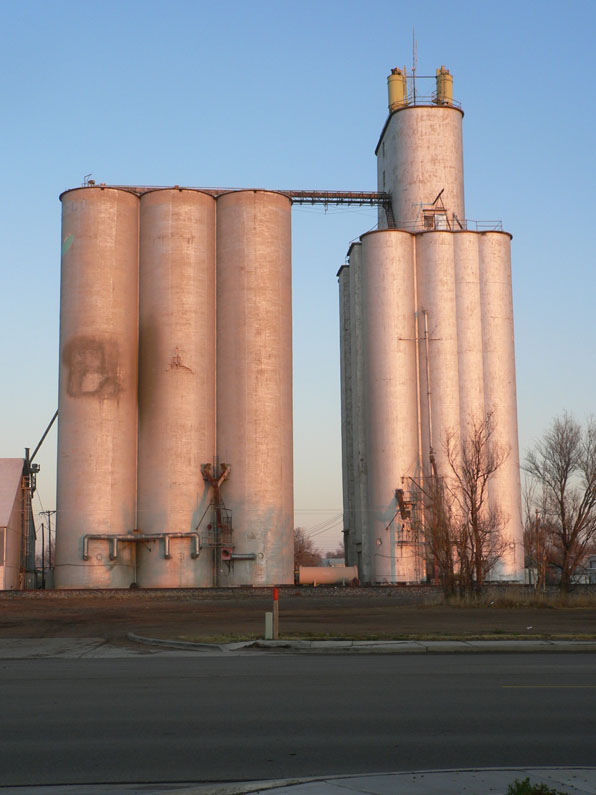Over the last several months I have posted images of the construction progress for a house we designed up on Sunshine Canyon, just west of Boulder. The original house at this location was lost to the Fourmile Fire in September 2010 along with 170 other houses.
We are in the last 4-6 weeks of construction, with all the finishes coming into place - painting, tile, carpet, hanging electrical fixtures, etc. This is usually the most anxious time for homeowners as the final design comes significantly closer each day with every new tile, cabinet and countertop. However, though it may look like move-in can occur any day now, it still takes some 4 weeks or so to complete these final tasks. From this point on, almost every thing on the project is absolutely sequential. Each trade, from painters to cabinet installers, needs complete unhindered access to each room and they must complete their work before the next trade can come in. This can be very frustrating for homeowners as they are so anxious to finally get done with the construction but there are not that many folks on the jobsite.
The final task, the Punch List, is my job and hopefully takes place without the owner's boxes filling up the rooms.
The Punch List is an exhaustive, room-by-room review of everything on the project. I review every wall for defects, the ceilings, floors, trim, doors, etc. until we can get a complete picture of all of the final touch-ups that need to be completed. Every sink is turned on and off, windows opened and closed, all systems run on and off. In the end this results in a multi-page document that is the Punch List that the general contractor will have to complete. For a good contractor this document can be short, running 4-5 items per room. A contractor rushing to finish a project can easily make a Punch List expand to 20-25 items per room. It usually takes me a full day to complete a Punch List and to keep us focused on every detail I typically request a day when no work is being done, no movers, no tradespeople, on owners.
I'll post again when we get to the Punch List and talk a bit about expectations of completing that list in a timely fashion.



















